
desert locust
Schistocerca gregaria
A longtime menace to North African farmers, desert locusts can consume up to four hundred square miles of vegetation a day, with as many as ten billion locusts in a swarm. Fluctuations in climate have enabled their spread to new habitats: due to what the UN’s Locust Watch called “unusually good ecological conditions” for the insect, Saudi Arabia and Iran endured two consecutive swarms in early 2019.
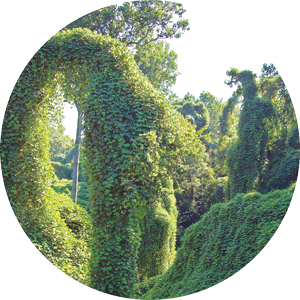
kudzu
Pueraria montana
Native to Asia, the “vine that ate the South” was planted in the southeastern U.S. in the early twentieth century to slow soil erosion but has steadily spread northward as winters have become milder. A 2014 study found that kudzu taps into and releases carbon pools in the soil, suggesting that it not only benefits from rising levels of atmospheric CO2 but may even accelerate them.
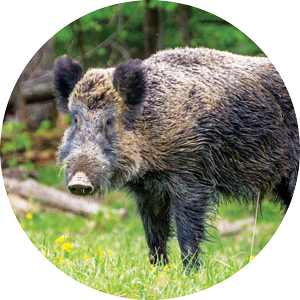
wild boar
Sus scrofa
Warmer Eurasian winters have allowed this sharp-tusked pig species greater geographic range and longer breeding seasons. “Wild boars are the clear winners of climate change,” observed German biologist Torsten Reinwald in 2009. Cleared to return home in 2017, evacuees from Japan’s Fukushima nuclear accident found their towns overrun by the aggressive omnivores.
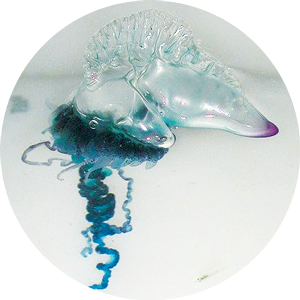
bluebottle
Physalia utriculus
Rising sea temperatures, ocean deoxygenation, and overfishing have benefited jellyfish species by wiping out predators and competitors. In January 2019, after Queensland authorities reported thirteen thousand bluebottle jellyfish stings in a single week, one Australian scientist said, “Jellyfish are demanding our attention right now, and we should be giving it to them.”
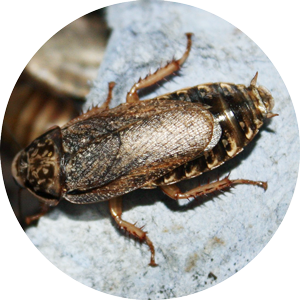
speckled cockroach
Nauphoeta cinerea
Native to North Africa, speckled cockroaches have spread worldwide by using a peculiar ability to alter their breathing to suit differences in heat and humidity. In addition, unlike many other insects, they undergo no physiological stress when placed in CO2-rich environments.
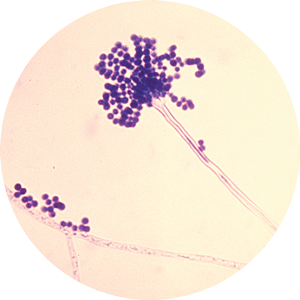
allergenic fungus
Aspergillus fumigatus
Like many fungi, A. fumigatus—a major cause of indoor allergies—thrives in warm, damp conditions. A 2013 study found that atmospheric changes may be augmenting its ability to irritate human respiratory tracts. Samples grown using concentrations of CO2 at current atmospheric levels produced almost nine times more allergenic proteins than those grown at preindustrial levels.